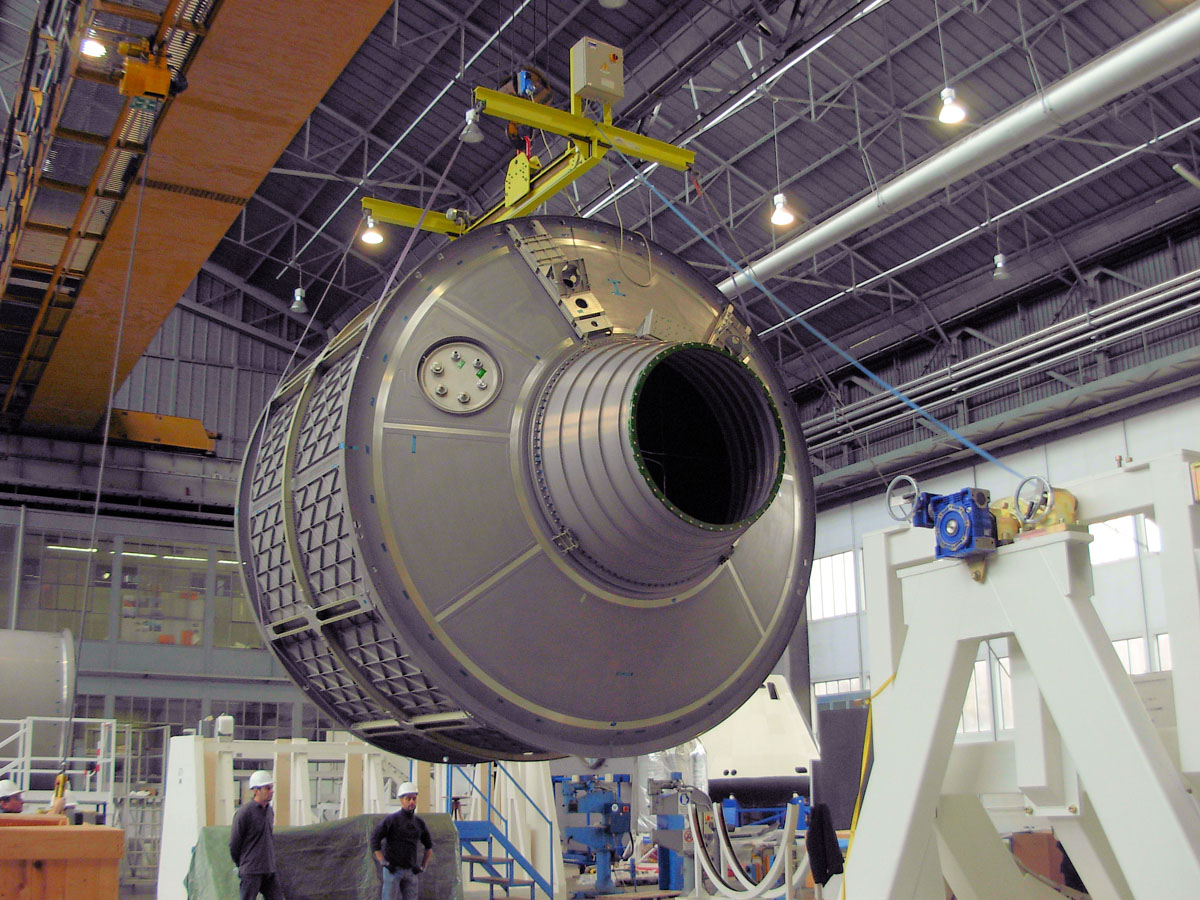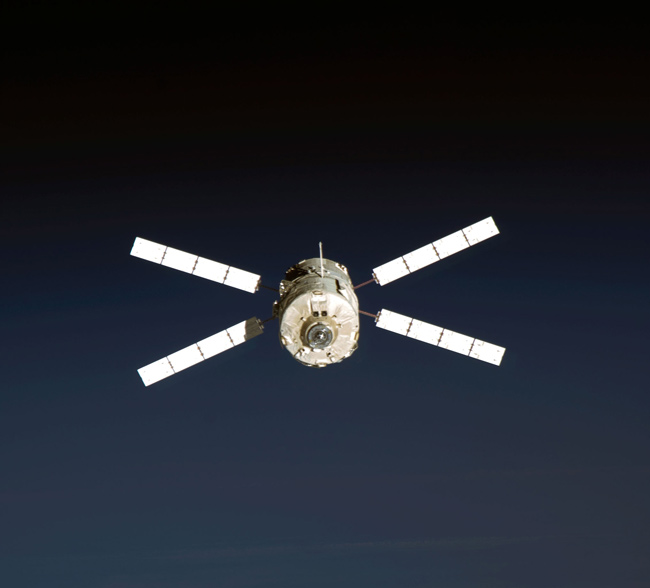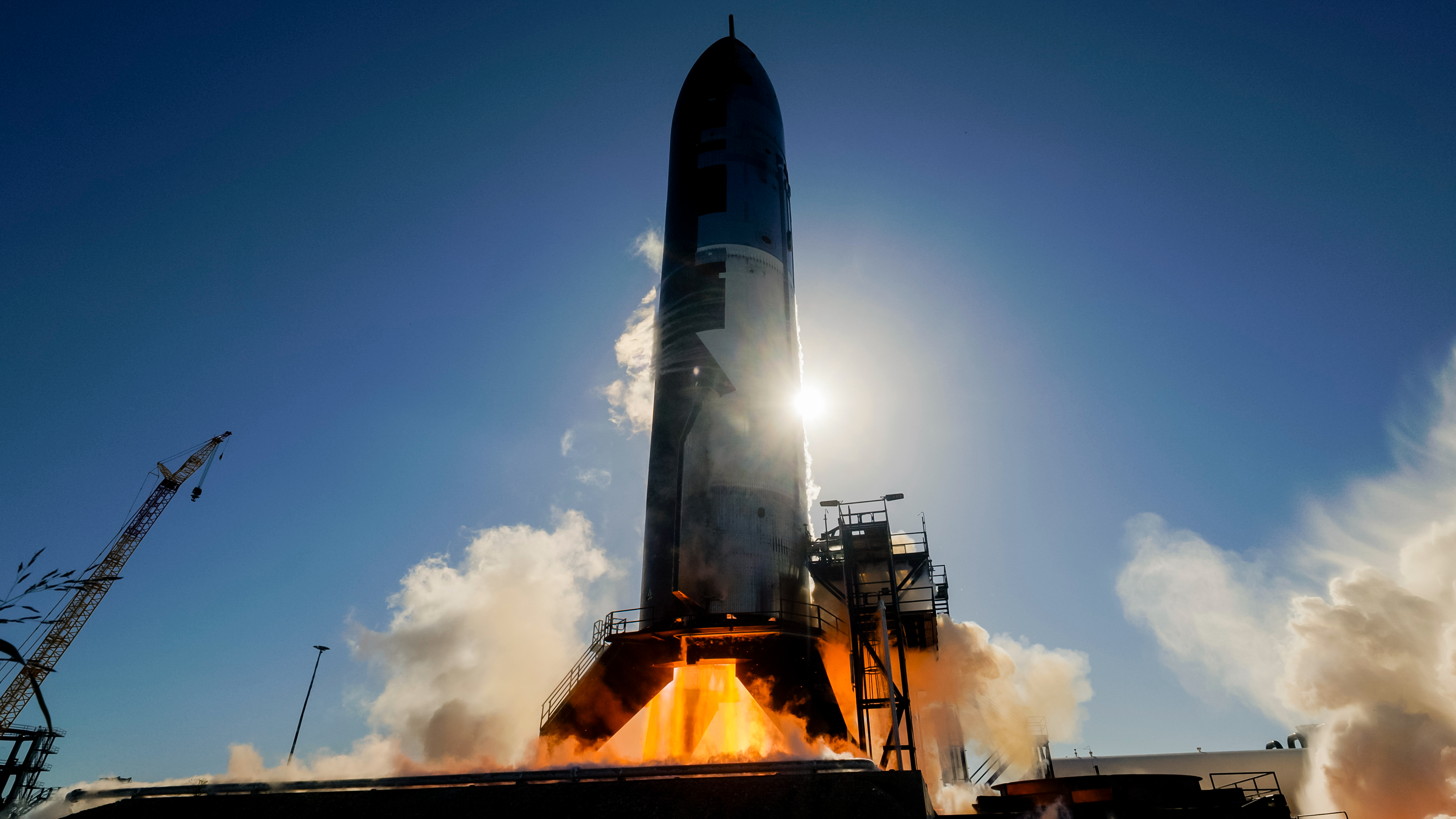New Robot Spaceship Gets Brainy Name: Albert Einstein

Europe's newest robot cargo ship to haul supplies to the International Space Station will be named after the 20th century's greatest scientist: Albert Einstein.
The unmanned spacecraft, formally known as an Automated Transfer Vehicle, is currently under construction. When it launches toward the space station in February 2013, it will carry Einstein's name, continuing a tradition that began with the space fleet's first entry, the ATV-1 Jules Verne, in 2008.
"The vessels are named after great European scientists and visionaries to highlight Europe’s deep roots in science, technology and culture," European Space Agency officials said in a statement today (May 26). [Video: ATV-2, Europe's Heaviest Spaceship]
The Albert Einstein will be ATV-4, the Automated Transfer Vehicle to be launched by ESA.

An icon of science
Albert Einstein was born in Germany in 1879. He studied in Switzerland and spent much of his early career there. In 1905, while working as a patent clerk in Bern, he published four papers that fundamentally changed our understanding of the universe.
These papers dealt with the photoelectric effect, Brownian motion, special relativity and the equivalence of matter and energy (the famous E = mc2equation). [Wacky Physics: Nature's Coolest Tiny Particles]
Get the Space.com Newsletter
Breaking space news, the latest updates on rocket launches, skywatching events and more!
Einstein moved to the United States before World War II, settling at Princeton University. He won the Nobel Prize in 1921 and is generally regarded as the greatest physicist of all time. He died in 1955.
Naming a spaceship after Einstein is something of a no-brainer. What's relatively surprising is that it took until ATV-4 to make it happen.
The European Space Agency named its previous three cargo ships after French writer Jules Verne, German astronomer Johannes Kepler and Italian physicist Edoardo Amaldi.

Resupplying the station
The huge, unmanned ATVs deliver food, propellant and other supplies to the International Space Station. They generally stay attached to the orbiting lab for about six months, after which time they're loaded full of trash and sent off to burn up in Earth's atmosphere.
ATV-2, also known as "Johannes Kepler," arrived at the station in February. About the size of a London double-decker bus, it carried 7.1 tons of supplies. Altogether, the cargo ship weighed about 22 tons at launch.
ATV-3 Edoardo Amaldi is slated to launch in February 2012, and ATV-4 Albert Einstein should lift off a year later, European Space Agency officials have said.
Europe's ATV spacecraft are part an international fleet of robotic ships that ferry cargo to the space station. Russia's unmanned Progress vehicles and Japan's cargo ships, known as H-2 Transfer Vehicles, also provide shipments to the station.
Follow SPACE.com for the latest in space science and exploration news on Twitter @Spacedotcom and on Facebook.
Join our Space Forums to keep talking space on the latest missions, night sky and more! And if you have a news tip, correction or comment, let us know at: community@space.com.

Space.com is the premier source of space exploration, innovation and astronomy news, chronicling (and celebrating) humanity's ongoing expansion across the final frontier. Originally founded in 1999, Space.com is, and always has been, the passion of writers and editors who are space fans and also trained journalists. Our current news team consists of Editor-in-Chief Tariq Malik; Editor Hanneke Weitering, Senior Space Writer Mike Wall; Senior Writer Meghan Bartels; Senior Writer Chelsea Gohd, Senior Writer Tereza Pultarova and Staff Writer Alexander Cox, focusing on e-commerce. Senior Producer Steve Spaleta oversees our space videos, with Diana Whitcroft as our Social Media Editor.
